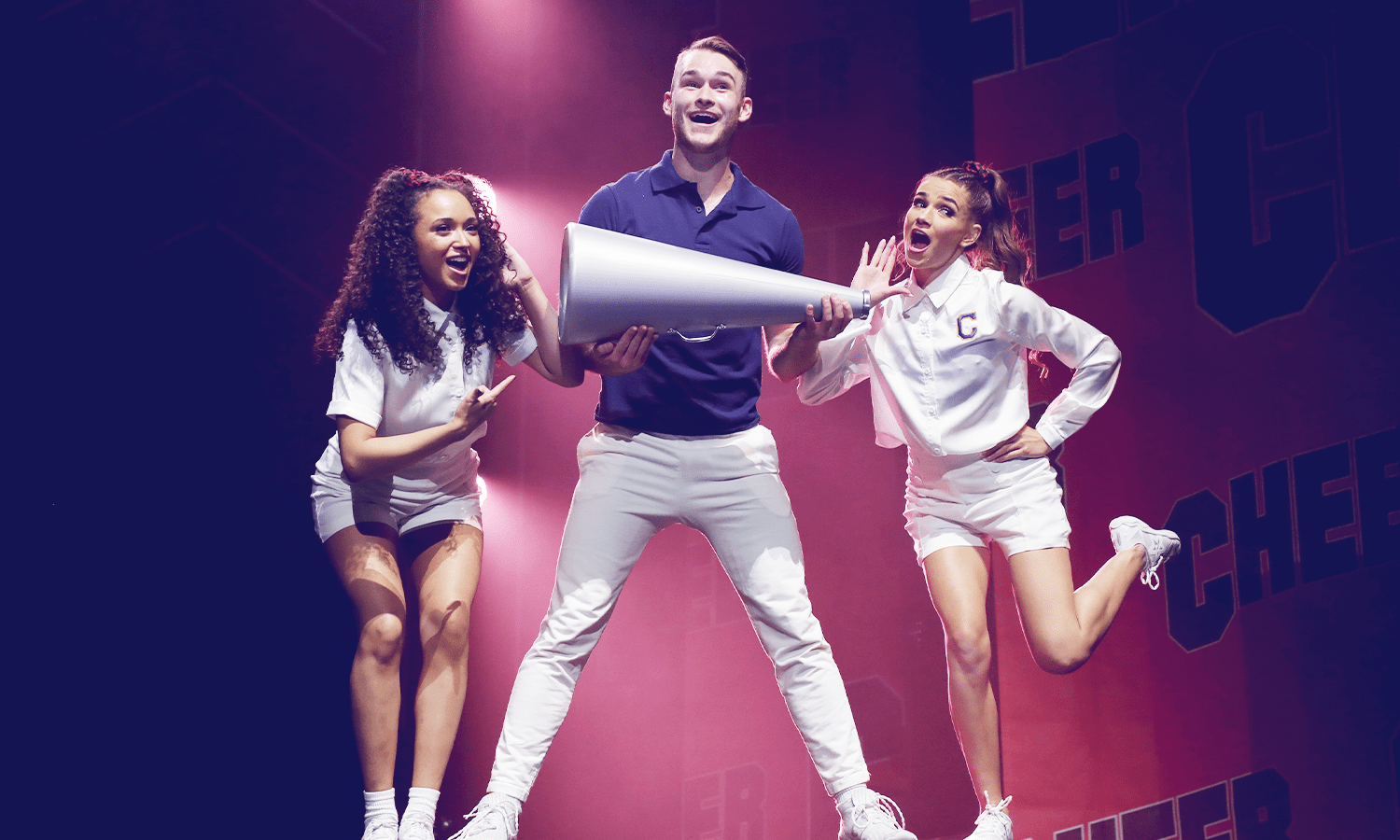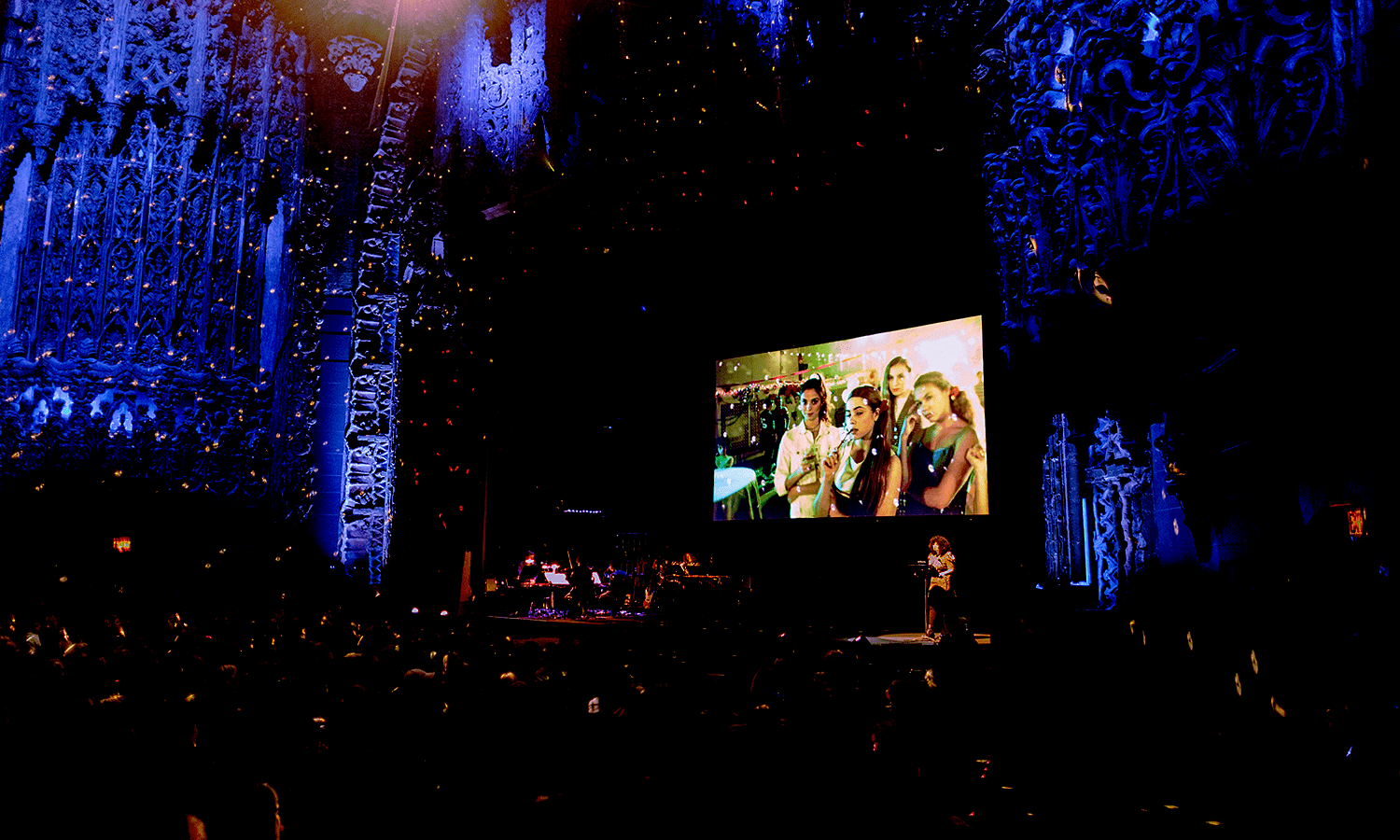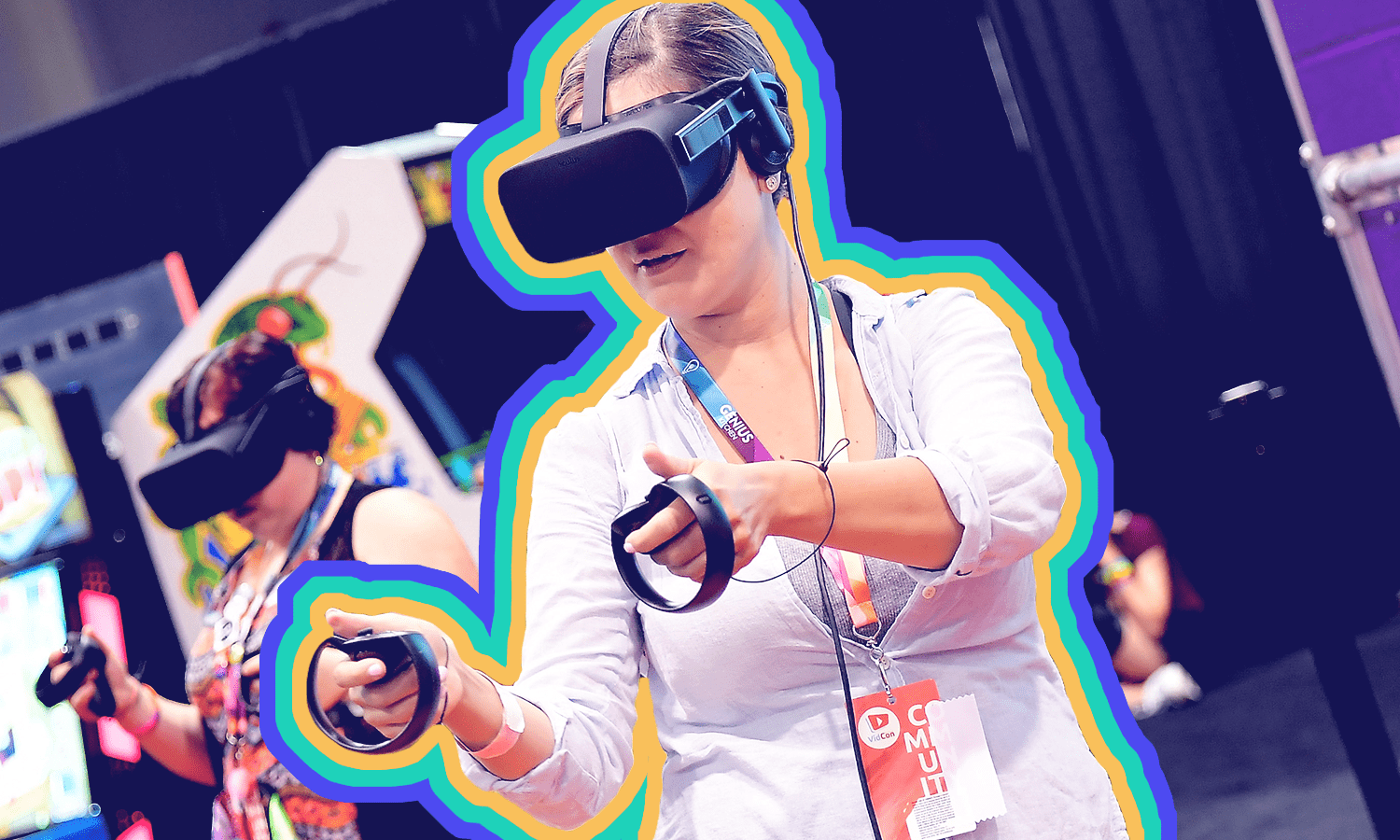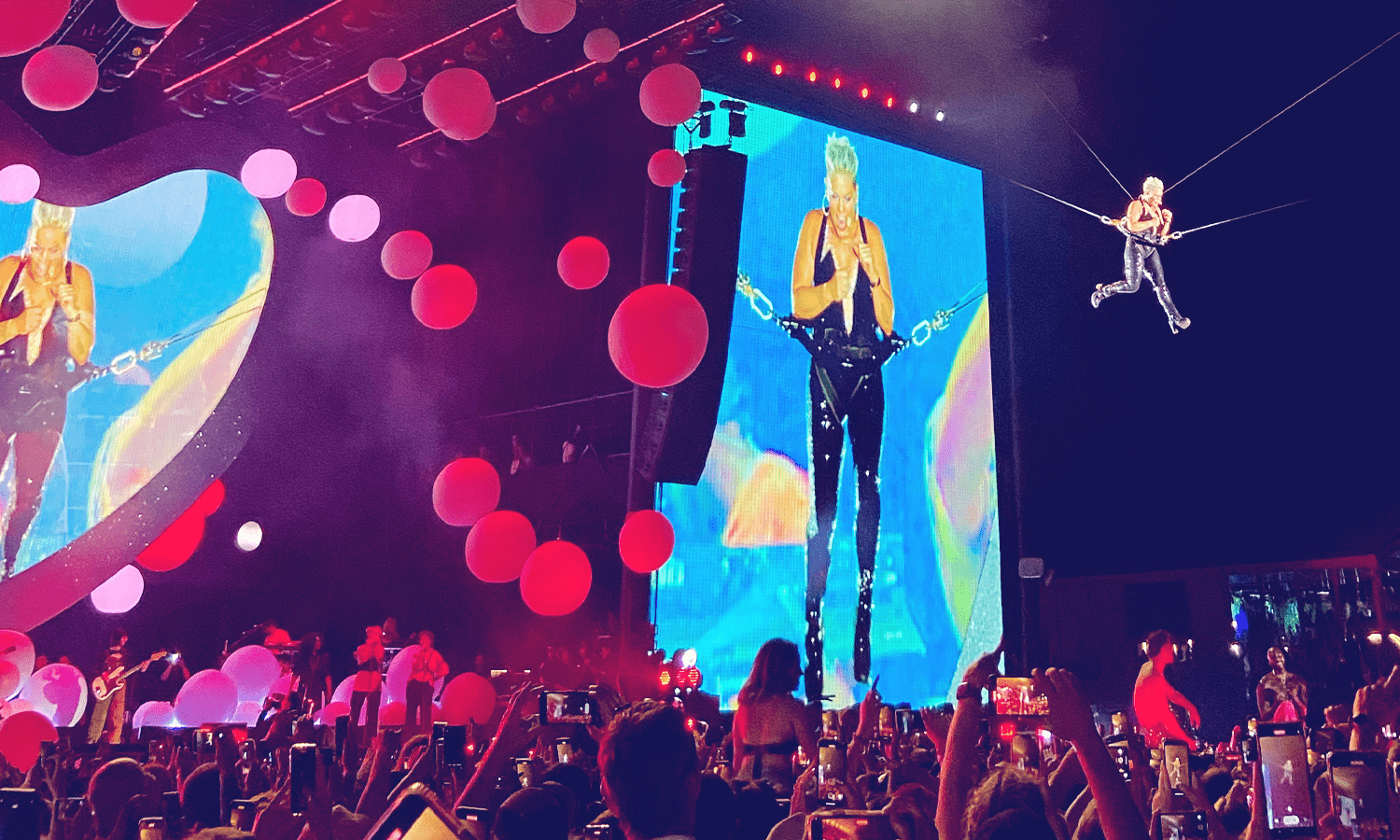Going full out at Cheer Live, and why the show-to-experience formula is such a hit

When my pandemic obsession, Netflix’s Cheer, announced that the Navarro squad would head out on a Summer 2022 tour, I knew I could, I would, I must find a show to attend. Originally, I tried to convince a group of friends to venture out to Atlantic City (“We’ll make a weekend out of it!”). Then, Cheer fans from around the country came out of the woodwork, taking to — where else? — Twitter to demand that the eight-city tour grow to visit their city. When it was announced that Coach Monica and her team of high flyers would grace the Radio City Music Hall stage with their routine, I grabbed my partner-in-experiential, visual journalist Louie Rendon, and we bounded for Midtown. As two childless thirty-somethings, we stood out like a cartwheel in a row of backflips. Most of the attendees were either kids in their cheer-squad gear or parents in their kids’ cheer-squad gear. Nevertheless, with a little White Claw courage, we whooped and hollered throughout the two-hour experience with the rest of them. The two-hour performance was far beyond the typical two-minute routine these elite athletes (what’s up, Morgan Simianer and Gabi Butler?) are accustomed to. Event producers had...


